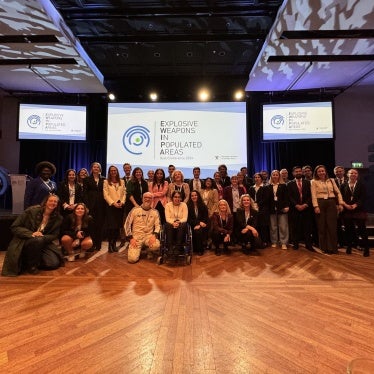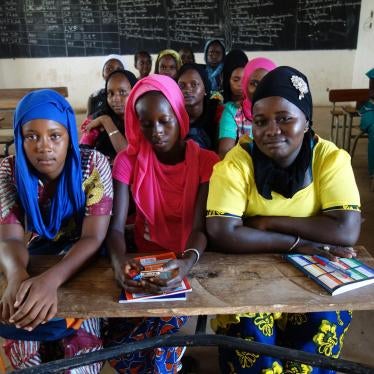On August 1, the world moved a step closer to eliminating cluster munitions, large weapons that carry dozens or hundreds of smaller submunitions and are notorious for killing and maiming civilians, both during attacks and long afterward.
On that day, the Convention on Cluster Munitions "entered into force," becoming binding international law on the countries that have joined it. The treaty seeks to eradicate these weapons, which have plagued the world for half a century.
It is a milestone to celebrate. But it is also a moment to reflect on the road ahead. To help the convention achieve its full potential, the international community needs to work toward three goals: complete universalization-that is, getting all countries to join, strong interpretation, and effective implementation.
The convention bans the use, production, transfer, and stockpiling of cluster munitions. It requires countries that are party to it to destroy their stockpiles within eight years, clear their territory of unexploded submunitions within 10 years, and provide assistance to cluster munition victims.
To date, 108 countries have signed the treaty, and 38 of them have ratified, agreeing to be legally bound by all its provisions. Indicating international support, the ratifying countries come from five continents and include users, producers, stockpilers, and affected countries.
To universalize the convention, however, supporters need to urge the rest of the world to come on board. Increasing participation will both place obligations on more countries and strengthen the stigma against cluster munitions, making it difficult for anyone to use them.
A strong interpretation of the treaty also is important to maximize its humanitarian impact. While many of its provisions are clear, a few of its more controversial articles leave room for debate.
Most notably, some countries contend that the treaty waives the ban on assistance with prohibited activities during joint military operations with countries that have not joined. But many others, and civil society groups, counter that the treaty cannot logically be interpreted to require countries that have joined to eliminate cluster munitions while permitting them to help another country use them.
Finally, countries need to carry out their promises. Many have started by passing national implementation legislation and destroying stockpiles. But more such laws are needed. They should codify the convention's obligations as well as its prohibitions.
The countries will have a chance to make concrete decisions that advance the treaty at the international level when they gather for the First Meeting of States Parties in Laos in November.
As the treaty entered into force, the Cluster Munition Coalition, made up of about 350 non-governmental organizations, urged people around the globe to "beat the drum to ban cluster bombs." It was not only an expression of celebration but also a call for further action.
While the world should pause to recognize the efforts that led to this groundbreaking humanitarian convention, it should remember that the drumming should not stop now. Much work remains to be done.
Bonnie Docherty is a senior researcher in the Arms Division at Human Rights Watch. She is also a lecturer and clinical instructor in the International Human Rights Clinic at Harvard Law School. The opinions expressed are her own.







